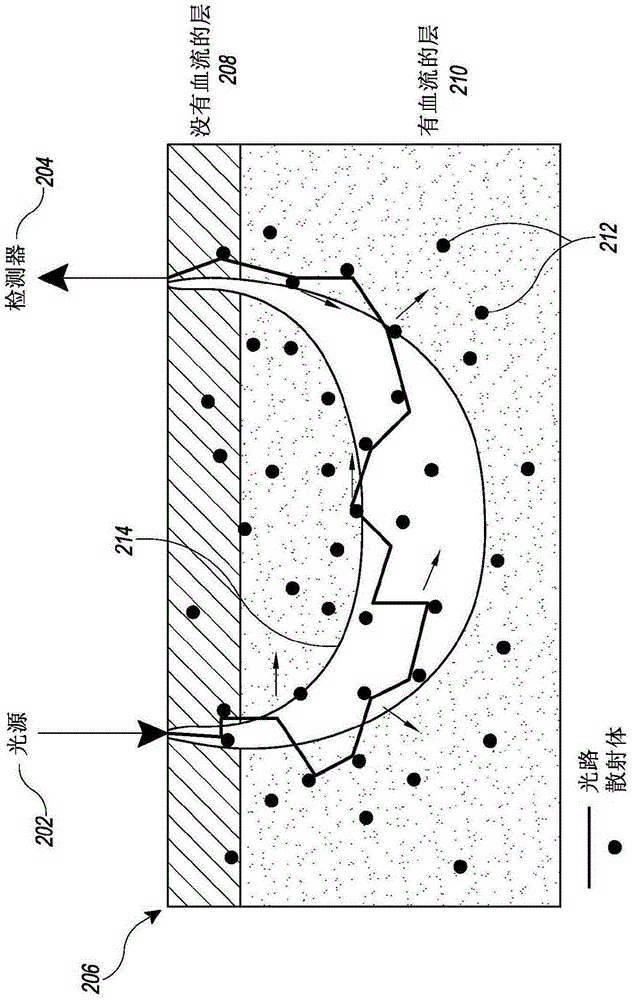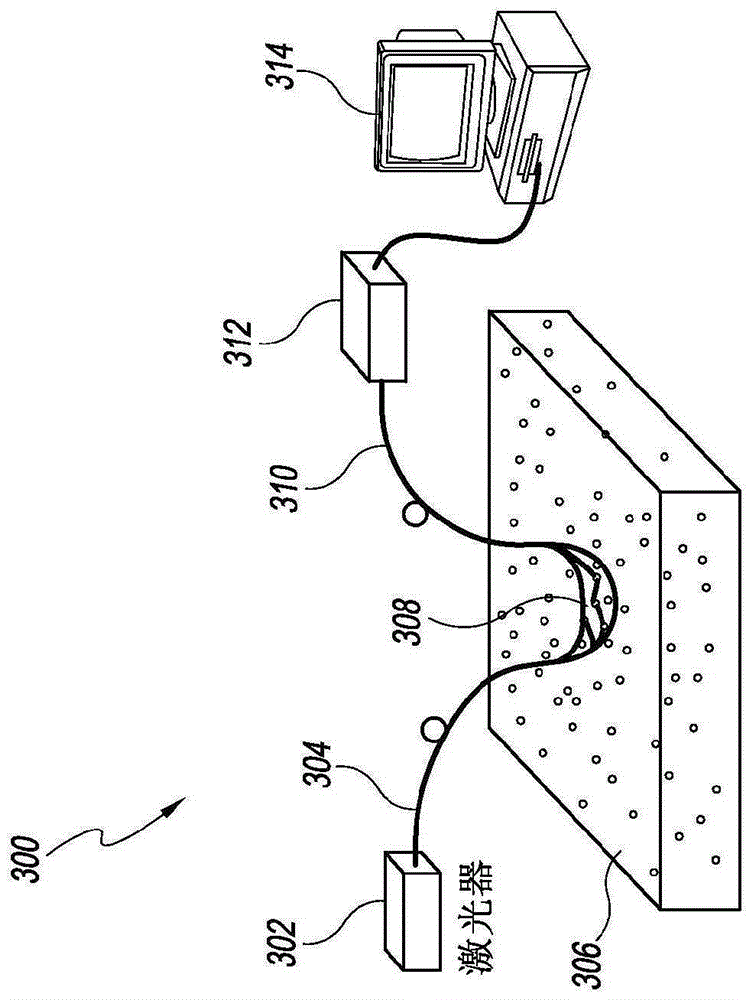Deep tissue flowmetry using diffuse speckle contrast analysis
一种血流、组织的技术,应用在血流测量、应用、医药科学等方向,能够解决多信道测量困难、低采样率、低信道数等问题
- Summary
- Abstract
- Description
- Claims
- Application Information
AI Technical Summary
Problems solved by technology
Method used
Image
Examples
Embodiment Construction
[0025] Over the past decade or so, DCS technology has been developed, validated, and used to noninvasively detect blood flow in deep tissue vessels such as the brain, muscle, and breast. Unlike some other blood flow measurement techniques, such as positron emission tomography (PET), single photon emission computed tomography (SPECT), and xenon-enhanced computed tomography (XeCT), DCS uses non-ionizing radiation and does not require contrast agents. It does not interfere with common medical devices such as pacemakers and metal implants. It thus has potential for cancer therapy monitoring and bedside monitoring in clinical settings.
[0026] However, traditional DCS analysis is limited by long observation time, high cost, and low number of channels measured simultaneously. One factor addressing these limitations relies on very sensitive photodetectors and subsequent autocorrelation calculations. An improved blood flow meter system provides cost-effective real-time measurements...
PUM
 Login to View More
Login to View More Abstract
Description
Claims
Application Information
 Login to View More
Login to View More - R&D
- Intellectual Property
- Life Sciences
- Materials
- Tech Scout
- Unparalleled Data Quality
- Higher Quality Content
- 60% Fewer Hallucinations
Browse by: Latest US Patents, China's latest patents, Technical Efficacy Thesaurus, Application Domain, Technology Topic, Popular Technical Reports.
© 2025 PatSnap. All rights reserved.Legal|Privacy policy|Modern Slavery Act Transparency Statement|Sitemap|About US| Contact US: help@patsnap.com



